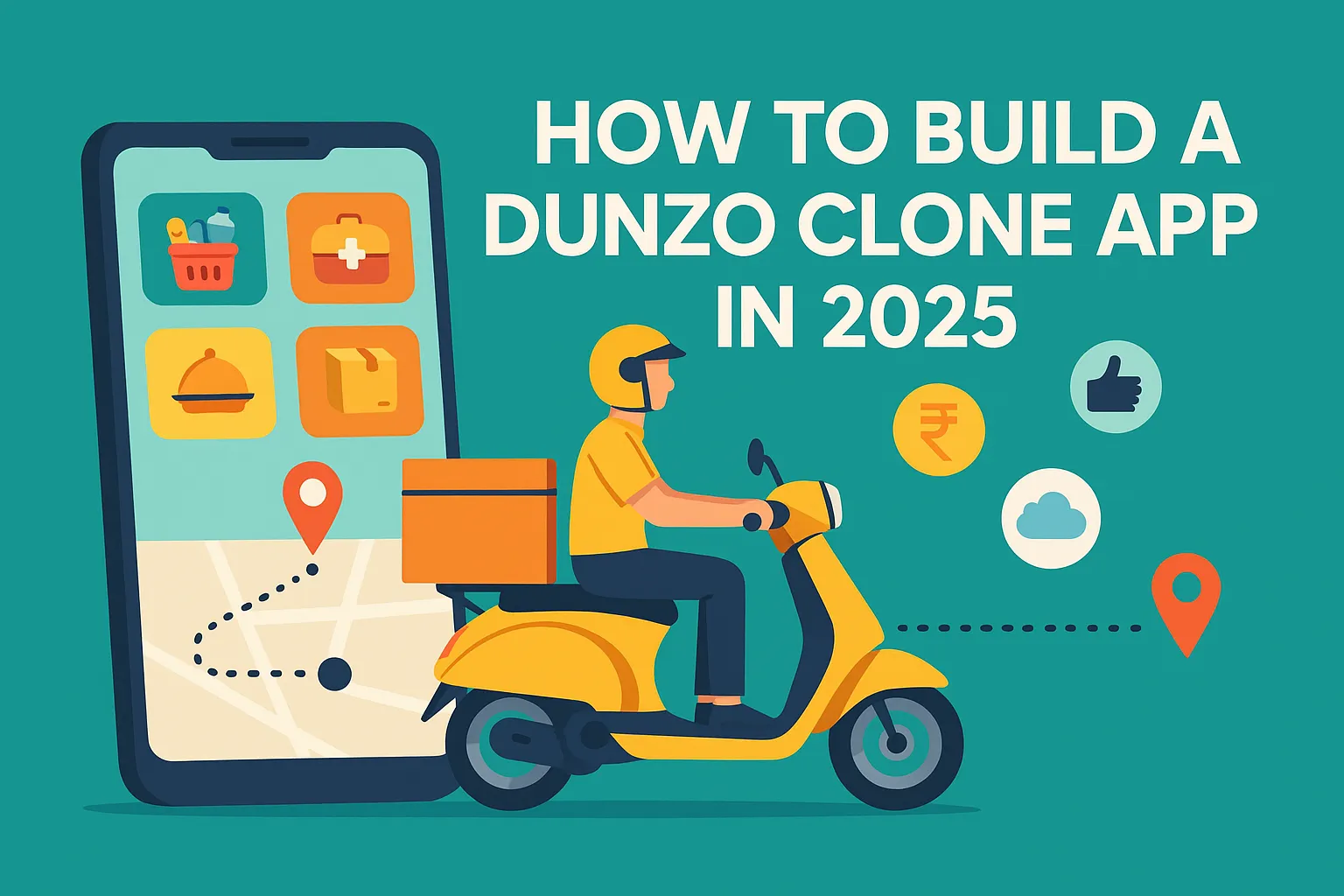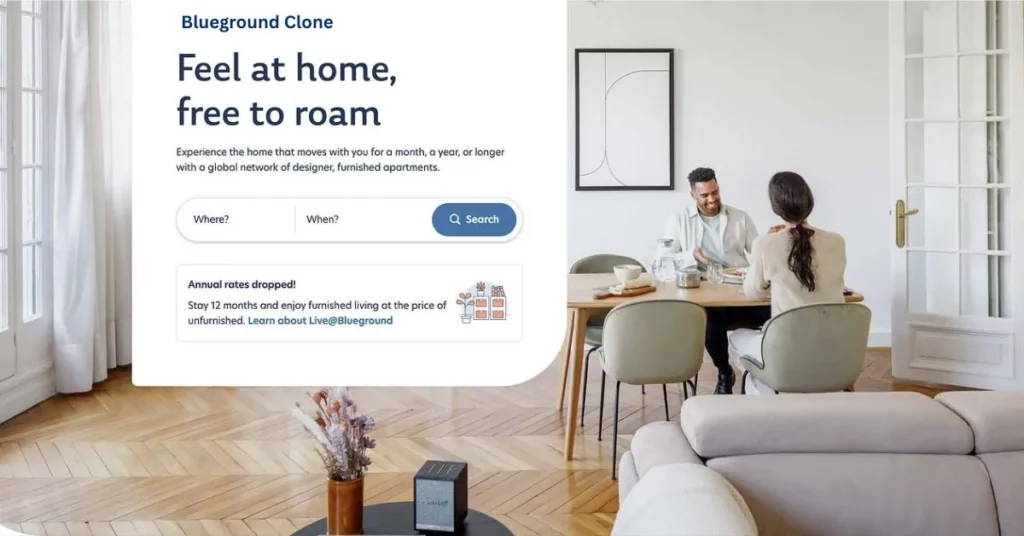You know what’s hotter than a fresh samosa at your doorstep? A well-oiled hyperlocal delivery app that brings it to you in 20 minutes flat. In 2025, India’s on-demand economy is booming like never before. And platforms like Dunzo have paved the way—connecting users with everything from groceries and meds to forgotten keys and lunchboxes. But here’s the twist: there’s still plenty of room for innovation, disruption, and even competition.
A couple of years ago, I ordered a USB cable through Dunzo—midway through a client call—because I forgot mine at home. It arrived in 18 minutes. That was the moment I realized: this isn’t just convenience. It’s infrastructure. And if they can do it, why can’t your startup?
If you’re a founder, tech entrepreneur, or someone looking to ride the hyperlocal wave, this blog will break down how to build your own Dunzo-like app—step by step. We’ll cover must-have features, backend logistics, tech stack, monetization models, delivery ops, and even pitfalls to avoid. Ready to roll?

Let’s unpack what it takes to build a Dunzo clone—that actually works.
What Makes Dunzo Tick?
Before we dive into blueprints and codebases, let’s understand why Dunzo works so well:
- Multi-category on-demand delivery: From groceries to gifts to forgotten chargers.
- Real-time delivery tracking and rider assignment.
- Micro-warehousing and tie-ups with local stores.
- A mix of scheduled and instant delivery options.
- Digital wallet integration, rewards, and personalized suggestions.
- Rider-side app for task management, earnings, and delivery updates.
In short? Dunzo isn’t just a logistics app. It’s a system where everything clicks—from tech to taskforce.
Step-by-Step Guide to Building a Dunzo Clone
1. Identify Your Niche
Will you go wide like Dunzo, or niche down?
- Hyperlocal grocery delivery in Tier 2 cities?
- B2B deliveries (like packages between offices)?
- Focus on a category (meds, meat, gifts)?
2. Key Features to Include

User App:
- Intuitive UI/UX
- Live delivery tracking (Map APIs)
- Scheduled vs Instant delivery options
- Multiple payment gateways
- In-app chat with delivery agent
Delivery Agent App:
- Task dashboard with navigation
- Earnings tracker
- OTP/QR verification for package pickup
- SOS button
Admin Dashboard:
- Manage users, orders, inventory
- Dynamic pricing, delivery zones
- Support tickets, delivery heatmaps
- Rider onboarding & payout management
Merchant Panel:
- Add/update items
- Real-time order management
- Stock alerts
- Performance dashboard
3. Tech Stack You’ll Need
| Function | Recommended Tech |
| Frontend | React Native / Flutter |
| Backend | Node.js / Django |
| Database | PostgreSQL / MongoDB |
| Real-Time Tracking | Google Maps API / Mapbox |
| Notifications | Firebase / Twilio |
| Payments | Razorpay / Paytm / Stripe |
| DevOps | AWS / GCP / Docker |
4. Logistics & Operations Strategy

- Rider onboarding: Do you hire or crowdsource?
- Incentives & commissions: Weekly bonuses, distance-based pay
- Route optimization: Essential to reduce fuel/time
- Vendor network: Partner with local kirana stores, chemists, etc.
- Support system: Live chat + fallback IVR
5. Monetization Models That Actually Work
- Delivery charges (flat/surge-based)
- Commission from vendors
- Subscription plans (priority delivery, no fee)
- Ads from local businesses
- White-labeled logistics (B2B deliveries for ecommerce)
Common Challenges (And How to Tackle Them)
| Challenge | Solution |
| Rider no-shows | Real-time replacement routing |
| Inventory mismatch | Sync API with merchant POS |
| Late deliveries | Predictive time alerts, surge supply |
| Data privacy | End-to-end encryption, GDPR compliance |
| App uninstalls | Loyalty rewards, gamified usage |
Comparing Dunzo with Your Clone Vision
| Feature | Dunzo | Your Clone |
| Instant grocery | ✔️ | ✔️ or niche |
| In-app wallet | ✔️ | Optional |
| Pan-India ops | ✔️ | Start local |
| Multi-language UI | ✔️ | Must-have in 2025 |
| APIs for partners | ✔️ | Build from day 1 |
Who’s This For?
- Solo founders looking to bootstrap a delivery startup.
- Tech startups exploring hyperlocal verticals.
- Logistics companies planning to digitize last-mile ops.
- White-label app buyers who want a ready-made solution.
Conclusion: Your Turn to Deliver
Building a Dunzo clone is no joke—but it’s very doable if you focus on the right mix of tech, partnerships, and user love. Whether you’re trying to serve just one city or aiming to go national, your delivery app can carve its space if it’s fast, reliable, and user-obsessed.
With smart tools, local branding, and lean operations, you don’t just create an app—you build an ecosystem.
FAQs About Building a Dunzo Clone
Q1. How much does it cost to build a Dunzo-like app?
It depends on the app’s complexity, features, and whether you’re building it from scratch or using a pre-built solution.
Q2. Can I white-label an existing Dunzo clone?
Yes, several app development companies offer ready-made solutions with custom branding.
Q3. Do I need my own delivery fleet?
Not necessarily. You can crowdsource or partner with local riders.
Q4. Which cities are best to launch in 2025?
Tier 2 cities like Indore, Coimbatore, Lucknow are booming with lower competition and higher demand.
Q5. What makes an app go viral in this space?
Speed, trust, and UX. Also, meme-worthy marketing and referral perks help!
Q6. How do I retain users?
Loyalty rewards, smooth UX, real-time support, and consistent delivery speed.







